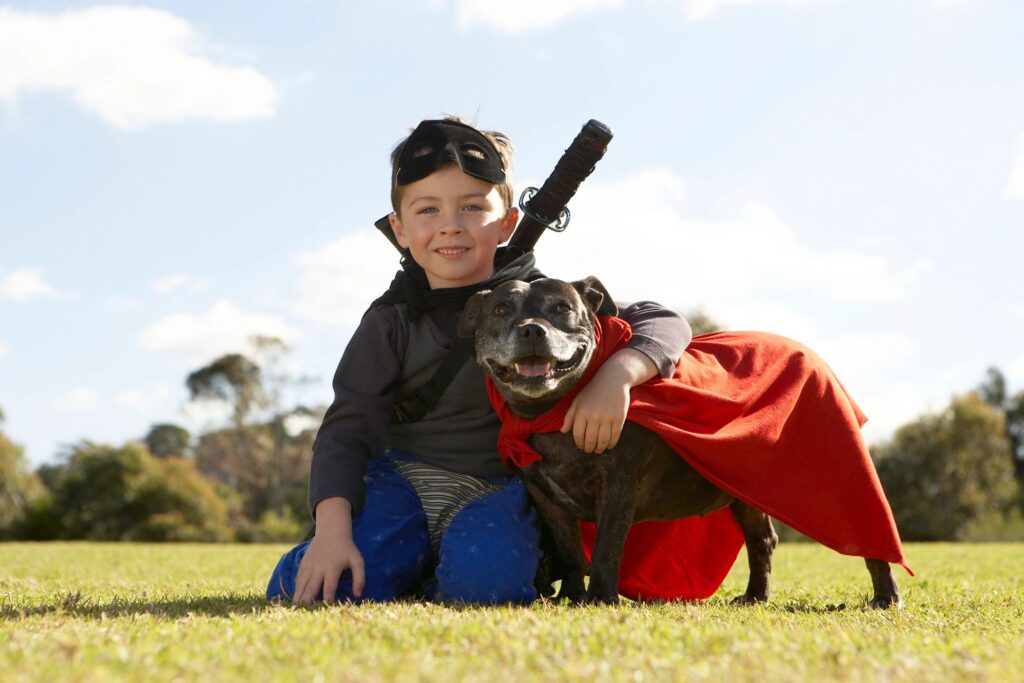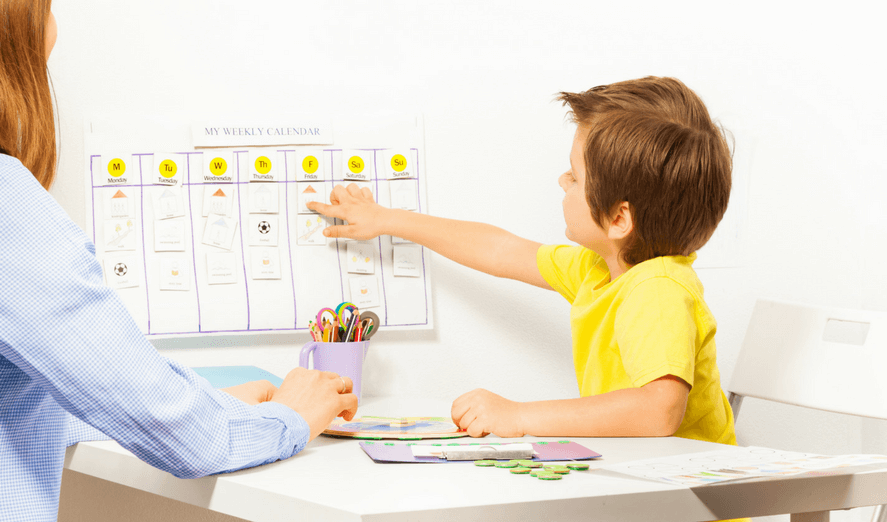Getting Creative While Raising a Right Brain Thinker
 Now that you’ve taken our quiz and read more about how the left and right brain work, and you’re reading this, I’m thinking you have a right brain kid! If your child has been diagnosed or thought to be ADHD, you have a right brain kid too. Which is great because right brainers are wonderful, curious, interesting, passionate, creative kids with big futures.
Now that you’ve taken our quiz and read more about how the left and right brain work, and you’re reading this, I’m thinking you have a right brain kid! If your child has been diagnosed or thought to be ADHD, you have a right brain kid too. Which is great because right brainers are wonderful, curious, interesting, passionate, creative kids with big futures.
Being a right brain thinker is amazing as a kid and adult, but it can take some growing into. Right brain thinkers are so full of ideas, creativity and unique ways of doing things, it can be overwhelming even for them. Some are lacking the order and linear thinking skills of left side, which can add to the overwhelm. Right brain kids are also hands on, creative kids that need lots of opportunities to make and do stuff. But most of all these kids are highly misunderstood, often by their own family and teachers, and they want us to know who they are.
If you’re an organized, on time, linear thinking, parent; your right brain kid may seem like a chaotic mess. You’re wondering when he’s going to settle down, clean his room and read a book. But it’s just not happening and it’s never going to be that easy. If you’re a right brain parent, you may recognize yourself in your child. Parenting a younger version of yourself depends on how well you know and understand yourself as a righty.
Over the next few months we’re going to get to know our right brainers in more detail. For now, here are a few things that are crucial for your child’s success.
ORGANIZATION
In the Lego movie, the right side of the brain was depicted as Cloud Cuckoo Land, where rainbows and unicorns live. Here there are no rules, no babysitters, no consistency and any ideas are good ideas! But even in the land of Legos, the Master Builder appreciates the ideas but knows he needs a plan if he’s ever going to get things done. It’s the same with your unicorn. For him to get things done starts with organizing his space, his routines and activities like homework and chores.
Creating an orderly space can help a busy, active mind develop focus. Creating to do lists and homework routines, will help your child manage his time and tasks more efficiently. Here are some ideas I gathered into an ebook to help you get things organized. 10 tips to successful school year offers tips to organize both your home space and their school work to make it manageable for both of you.
PURPOSEFUL ACTIVITY
All kids need something to do. Something constructive, purposeful and satisfying. And it’s not screen time. Our right brainers are so curious, creative and active, they need to ways to manifest the multitude of things they can imagine. Most importantly, they need ways to be creative. For some it’s playing music, dancing, theater or doing art. Unstructured and spontaneous, but also structured classes.
The arts are not a frivolous extra for them. The arts are so essential to the way the right brain works, that everyone, left or right brain dominant, benefits from regular training in arts related classes.
Our creative kids also need stuff to be creative with, whether it’s a basket of dress up clothes, art and craft supplies or time with friends to explore, play and imagine. And it’s not screen time with friends. These kids are relationship oriented. They need real face to face time playing with friends. Outside. Inside. Recess at school. Real interactive time to collaborate, create, laugh and play.
This ebook is full of ideas for creative things to do with kids. Some at home. Some field trip type activities. All focused on purposeful ways to expand the mind, use our hands and think bigger.
TAUGHT IN WAYS THEY LEARN BEST
School is one of the biggest challenges for right brain kids. ADHD kids included. Schools are built for left brain thinkers. School teaches, measures and tests the kind of skills the left side is good at, leaving our kids wondering what’s wrong with them and why they can’t do better. Be better. This is not ok. The burden should never be on the child and certainly not on a whole group of children. Right brain kids are very bright, with a tremendous amount to offer, and it’s our responsibly to teach them in ways they can shine and grow.
There are a multitude of ways we can adapt the way we teach, in school and at homework time, that will help right brain kids be more successful academically. Our Pinterest page is full of great ideas for making learning more hands on and colorful.
POSITIVE DIRECTIVE LANGUAGE
Even the best of us can lose our patience when dealing with a daydreaming, idea kid, while trying to get out of the house on time. And 993 other times in a day. They require constant reminding, redirecting and infinite patience. But as absorbed as they are in their own world, these kids are highly sensitive to the ways they’re different, often thinking they’re stupid and wrong. At the same time words are not their native language, so overwhelming them with words, can makes things worse. When talking and giving directions, keep things simple, direct and kind. Knowing you’ll need to repeat some things over and over. Still being simple, directive and kind. Here are some ways to talk so your right brain kid can hear you.
WAYS TO QUIET AND FOCUS THEMSELVES
Since the right side of brain is wired for looking at everything at once, it’s also thinking of everything at once. The mind of a right brain kid is always on. Remember Cloud Cuckoo Land? This is what makes it difficult for kids to focus, to follow directions, to wind down and even fall asleep at night. Our kids need to learn how to manage their busy minds. At school, this can be as simple as much needed recess and movement breaks, along with the much needed hands on creative classes like art and music. There are schools that have even added mindfulness training as ways for kids to calm and center themselves.
Mindfulness and movement are great at home activities too. As parents, we need to be intentional about making time to be quiet and reflective. And screen time doesn’t count. Studies have shown, it has the opposite effect on children’s brains. Bedtime is perfect time to learn to quiet oneself and reading aloud helps kids focus on one story, one line of thought, while enjoying the closeness of a parent. But for those times when you can’t read together, here’s a way your child can fall asleep to the sound of a good story.
RESPECT FOR WHO THEY ARE
I once had a teacher refer to my third-grade creative kid as “one of those’. I asked a few questions about what ‘one of those’ was and immediately found myself in the problem people category. For that teacher, creative kids were problematic. They asked too many questions. Needed more structure. Yes, creative kids are messy, active learners, too curious for one right answer kind of teaching and testing. They take more upfront energy to prepare what they need to learn, to operate efficiently and for them to explore what their mind can imagine. But it’s who they are. It’s the way their physical brain works. And as parents and educators, we need to do whatever it takes to validate and honor the way they think. It’s not an option.
Our artsy, right brain kids want to be seen and known for who they are. What they can do. Not for all the things they aren’t. Our right brain kids have bright, often brilliant minds that shouldn’t have to work so hard to be seen and appreciated. Schools should credit creative giftings as well as academic skills because they influence and impact every subject. Your daughter may excel in art and is waiting for her athletic dad to notice her with the same gusto he has for his athletic daughter. They shouldn’t be made to feel different or wrong. These kids should be treasured for all of who they are.
Leave a comment below and tell me something amazing about your right brain kid or something about yourself as a right brain thinker that you have learned to appreciate.














September 18, 2020 @ 3:55 am
This is really informative. Thank you!